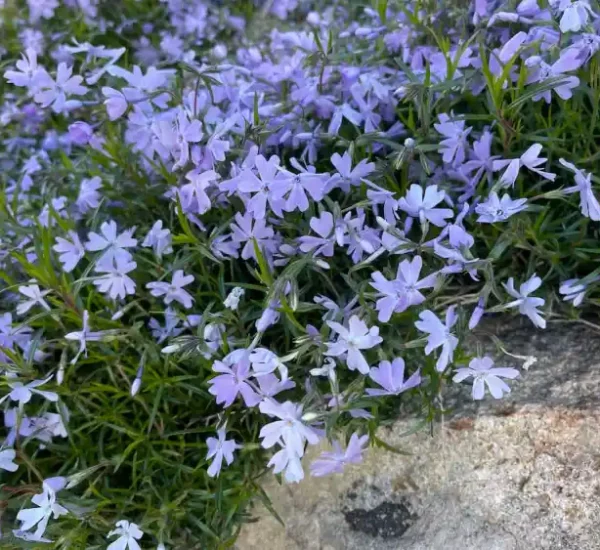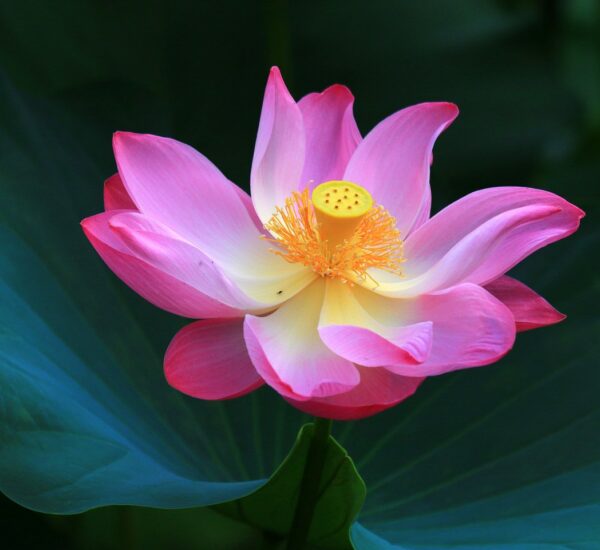Conserving water and maintaining a vibrant garden can go hand in hand. In this expert guide, we’ll explore 22 drought-tolerant annuals that allow you to enjoy beautiful blooms while being water-wise. Our recommendations are based on insights from horticultural experts, government horticultural agencies, and academic research.
Why Choose Drought-Tolerant Annuals?
Drought-tolerant annuals are an eco-friendly choice for gardeners. They can withstand periods of low water availability, making them a sustainable option in regions prone to water shortages.
Selection Criteria
Before we delve into the list, it’s crucial to understand the criteria used for selection. We’ve considered factors like water efficiency, adaptability to various climates, and visual appeal.
Portulaca (Portulaca grandiflora)
- Cultivation Tip: Portulacas offer vibrant and low-growing flowers that thrive in hot, dry conditions.
- Reference: The United States Department of Agriculture (USDA)
Marigold (Tagetes spp.)
- Cultivation Tip: Marigolds come in various colors and are known for their drought tolerance and pest resistance.
- Reference: The National Gardening Association
Zinnia (Zinnia elegans)
- Cultivation Tip: These colorful annuals require minimal watering and bloom profusely throughout summer.
- Reference: The Royal Horticultural Society (RHS)
Blanket Flower (Gaillardia)
- Cultivation Tip: Blanket Flowers are drought-tolerant, with stunning, daisy-like blooms that thrive in the sun.
- Reference: The University of California Agriculture and Natural Resources
Gazania (Gazania rigens)
- Cultivation Tip: Gazanias feature bright, daisy-like flowers and are well-suited to dry, sunny locations.
- Reference: The American Horticultural Society (AHS)
Dusty Miller (Jacobaea maritima)
- Cultivation Tip: The silvery-gray foliage of Dusty Miller complements other drought-tolerant plants.
- Reference: The University of Maryland Extension
Purslane (Portulaca oleracea)
- Cultivation Tip: Purslane is not only drought-tolerant but also edible, making it a versatile choice.
- Reference: The University of Florida IFAS Extension
Verbena (Verbena bonariensis)
- Cultivation Tip: This butterfly magnet thrives in hot, dry conditions, and its tall stems are adorned with clusters of purple flowers.
- Reference: Colorado State University Extension
California Poppy (Eschscholzia californica)
- Cultivation Tip: The California Poppy is both drought-tolerant and a cheerful, low-maintenance annual.
- Reference: University of Illinois Extension
Celosia (Celosia argentea)
- Cultivation Tip: The unique, flame-like blooms of Celosia thrive in dry conditions and add drama to gardens.
- Reference: University of Minnesota Extension
Blue Flax (Linum lewisii)
- Cultivation Tip: This native wildflower boasts sky-blue, saucer-shaped flowers and requires minimal water.
- Reference: Texas A&M AgriLife Extension
Mexican Sunflower (Tithonia rotundifolia)
- Cultivation Tip: Mexican Sunflowers are heat and drought-tolerant, providing bright orange or red blooms.
- Reference: North Carolina State University Extension
Sunflower (Helianthus annuus)
- Cultivation Tip: Sunflowers are iconic annuals known for their drought resistance and cheerful yellow flowers.
- Reference: University of Nevada, Reno Extension
Vinca (Catharanthus roseus)
- Cultivation Tip: Vinca’s glossy, evergreen foliage and colorful flowers are suitable for dry, hot climates.
- Reference: Utah State University Extension
Strawflower (Xerochrysum bracteatum)
- Cultivation Tip: Strawflowers are excellent for hot, dry areas, offering everlasting blooms for dried arrangements.
- Reference: University of Arizona Cooperative Extension
Four O’Clock (Mirabilis jalapa)
- Cultivation Tip: Four O’Clocks thrive in arid conditions and produce fragrant, tubular flowers in the late afternoon.
- Reference: The University of Wyoming Extension
Globe Amaranth (Gomphrena globosa)
- Cultivation Tip: Globe Amaranth is a heat-loving annual with globe-shaped, colorful bracts.
- Reference: The University of Georgia Extension
Red Hot Poker (Kniphofia uvaria)
- Cultivation Tip: This striking perennial features tall spikes of tubular flowers and is drought-tolerant.
- Reference: The University of Maine Cooperative Extension
Moss Rose (Portulaca grandiflora)
- Cultivation Tip: Moss Roses are hardy and low-growing annuals that thrive in hot, dry conditions.
- Reference: The University of Missouri Extension
Tithonia (Tithonia speciosa)
- Cultivation Tip: Tithonias, or Mexican Sunflowers, are heat and drought-tolerant with bright orange or red blooms.
- Reference: The University of Arkansas Division of Agriculture
Angel’s Trumpet (Brugmansia)
- Cultivation Tip: With its large, trumpet-shaped flowers, Angel’s Trumpet thrives in dry, warm climates.
- Reference: University of California Agriculture and Natural Resources
Strawflower (Xerochrysum bracteatum)
- Cultivation Tip: Strawflowers are excellent for hot, dry areas, offering everlasting blooms suitable for dried arrangements.
- Reference: The University of Wisconsin-Madison Division of Extension
Conclusion
With these 22 drought-tolerant annuals, you can create a water-efficient and visually stunning garden. Choose the ones that suit your climate and garden style to enjoy vibrant blooms while conserving water resources. Happy gardening!
Here are 10 frequently asked questions (FAQs) about growing drought-tolerant annuals at home
What are drought-tolerant annuals, and why are they a good choice for home gardens in regions with limited water availability?
How do I determine the right drought-tolerant annuals for my garden based on factors like climate and soil conditions?
What are the main advantages of planting drought-tolerant annuals in terms of water conservation and sustainability?
What is the ideal watering schedule for drought-tolerant annuals, and how can I ensure they receive just the right amount of water?
Do drought-tolerant annuals require any specific soil preparation or amendments to thrive in arid conditions?
Can I use mulch to further conserve moisture and improve the health of my drought-tolerant annuals, and if so, what type of mulch is best?
Are there any common pests or diseases that affect drought-tolerant annuals, and how can I protect them without excess water usage?
What are some companion plants that pair well with drought-tolerant annuals and enhance the overall aesthetics of the garden?
Can I plant these annuals in containers or raised beds, and are there any special considerations for container gardening in dry climates?
How can I maintain and care for drought-tolerant annuals to ensure they provide beautiful blooms throughout the growing season while conserving water?
These FAQs should provide valuable information for gardeners interested in cultivating a variety of drought-tolerant annuals in their home gardens.
- Virginia’s Growing THC Seltzer Craze - June 5, 2025
- Find THC Sodas in Ohio - June 5, 2025
- THC Infused Seltzers to Try in New Jersey - May 19, 2025




